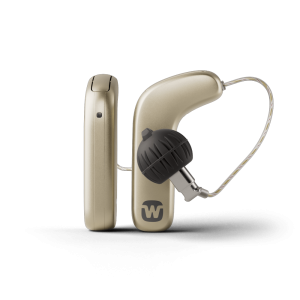“I am writing to formally request a meeting to create a 504 plan for my child, (child’s name) who has misophonia. She will need accommodations to help her learn like her peers. Enclosed you will find documentation of my child’s condition from (his/her/their) audiologist, including information on how severe misophonia is, how it can impact learning, and possible accommodations to help him/her/them learn at their best. Please let me know the earliest meeting times and dates that all the necessary school personnel can attend. I look forward to hearing from you in the next week about this meeting request.”
From there you can attach documentation such as a letter from your primary doctor, audiologist, psychologist, psychiatrist, occupational therapist, or other specialists.




